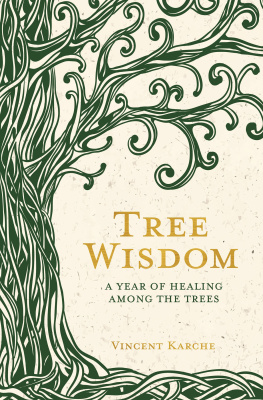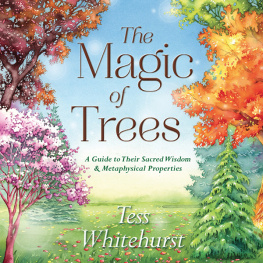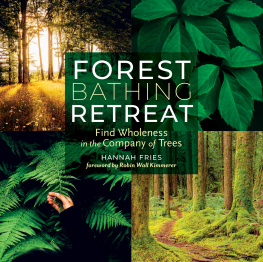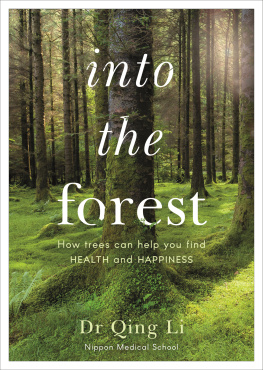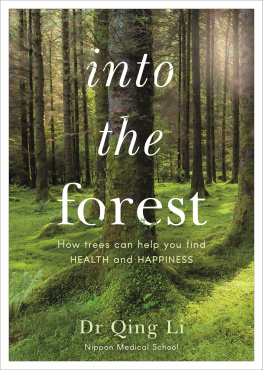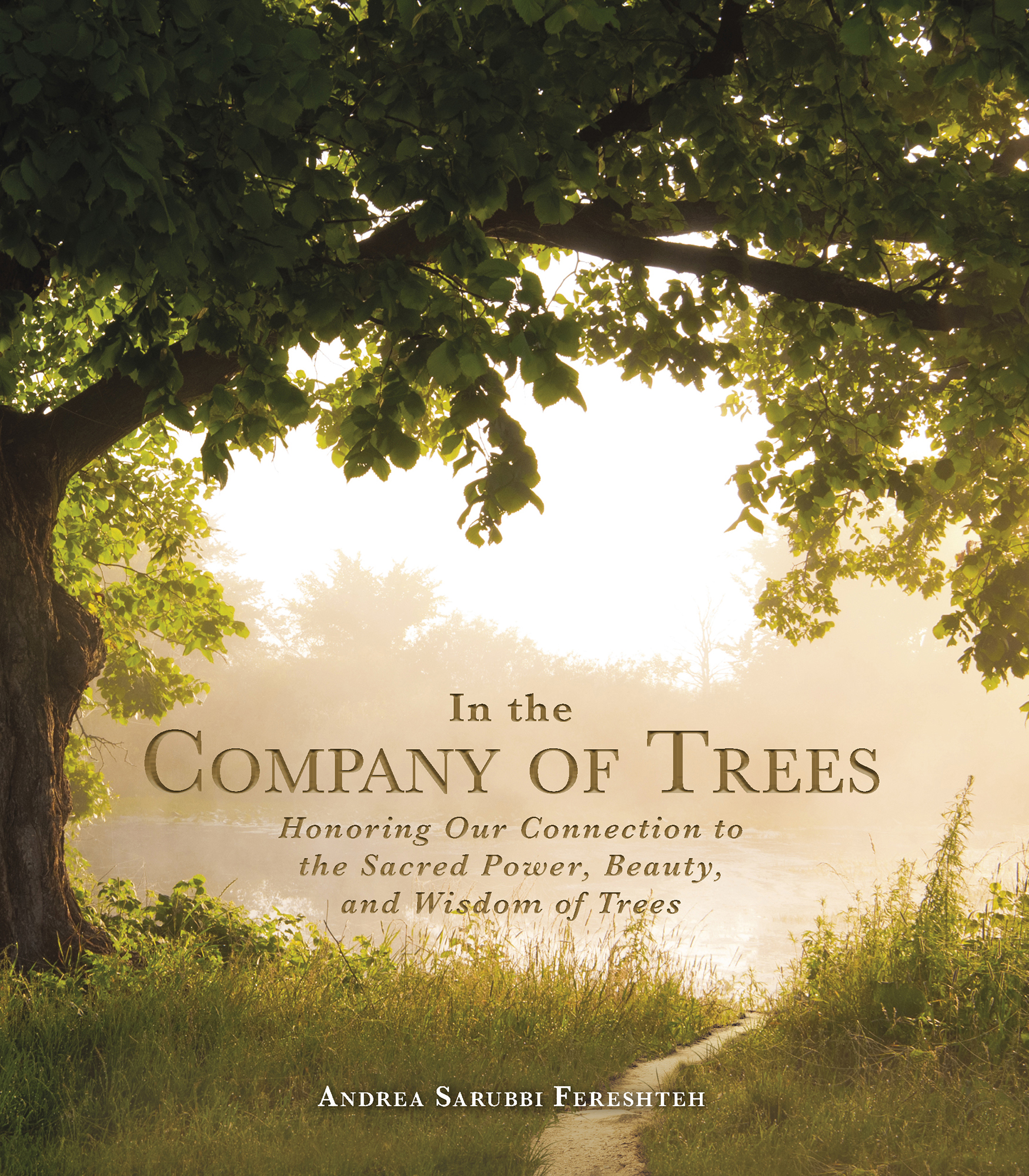Contents
Guide
Thank you for downloading this Simon & Schuster ebook.
Get a FREE ebook when you join our mailing list. Plus, get updates on new releases, deals, recommended reads, and more from Simon & Schuster. Click below to sign up and see terms and conditions.
CLICK HERE TO SIGN UP
Already a subscriber? Provide your email again so we can register this ebook and send you more of what you like to read. You will continue to receive exclusive offers in your inbox.
We hope you enjoyed reading this Simon & Schuster ebook.
Get a FREE ebook when you join our mailing list. Plus, get updates on new releases, deals, recommended reads, and more from Simon & Schuster. Click below to sign up and see terms and conditions.
CLICK HERE TO SIGN UP
Already a subscriber? Provide your email again so we can register this ebook and send you more of what you like to read. You will continue to receive exclusive offers in your inbox.
Dedication
For Mark, Luke, and Jack
Acknowledgments
I am so grateful for the opportunity to share my love for nature and connection with Spirit through writing this book. Thank you to Rebecca Tarr Thomas and the team at Adams Media for finding me, believing in my writing, and being an awesome group of editors to work with on the publication of this book. Thanks also to Lindsay Edgecombe for expert guidance through the publishing process.
My love for nature grew as a child, fostered by endless outdoor exploration with my amazing family, time spent together reading National Geographic or watching nature programs on PBS. For their constant encouragement of my writingfrom childhood diaries to journalism school and in my careerI owe my foundation and immense gratitude to my parents and sister: Linda, Fil, and Christina.
To my husband, Mark, whose unwavering support and belief in my writing has given me such confidence, and whose partnership on this adventure of parenting three precious souls is a gift. Thank you for everything.
To my village of sister friends who are a steadfast source of strength, support, humor, and connection, thank you.
And to the writers whose work over the years has nourished, informed, challenged, and inspired me, thank you for sharing your wisdom, encouragement, and fearless example of writing from the heart.
Introduction
For more than three hundred million years, trees have graced the earths surface. Extending their roots into the soil and firmly establishing a hold on this orbiting sphere, they rise with woody trunks toward the heavens. They reach their branches up toward the light and sprout all manner of leaves, blossoming flowers, ripening fruit, and needles in every shade of the rainbow. They support a dynamic and diverse range of fauna and are the foundation of vibrant ecosystems, silently adapting to their environment and thriving in synchronicity with the earths many cycles.
Since the dawn of humanity, people have had an intimate relationship with trees. Weve used them for practical purposes, seeking shade and shelter under lush canopies of leaves, utilizing the wood for all manner of productstools, fuel for firewood, and construction materials for ships, furniture, musical instruments, and moreand consuming their fruits, sap, resin, and nuts. Weve also honored and revered trees as links between heaven and earth, viewing them as homes for deities and symbolic representations of sacred beings. Trees have inspired art, music, and poetry and are an integral part of the human experience and landscape.
Its easy to drive through a neighborhood street or walk through a city park and just accept that trees are there, silent sentinels watching over human activity below. But we would be remiss to forget the vital role trees play in the earths ecosystem and the long-held cultural beliefs and rituals involving trees that have existed throughout the ages. As humanity is rediscovering the magic of forested lands, the wisdom of trees, and the eternal lessons inherent in nature, an illuminated ancient awakening reminds us that we evolved and exist as part of a complex global ecosystem that has endured in a delicate dance of balance for millennia.
While many indigenous cultures have long understood the value of living harmoniously with forested areas, more recent efforts to combat deforestation, overfarming, and the dangers of unchecked fires are developing in a concerted effort to preserve and protect the worlds trees. As more and more science emerges about the innumerable benefits trees and forested areas provide, it is more important than ever to contemplate how humanity can take efforts to exist in a thoughtful way with respect and regard for the incredibly complex plant and animal life that surrounds us.
Experiencing the seasons through trees is a lesson in lifewitnessing the first delicate buds of spring that burst forth and bloom fully in a vibrant spectacle is a visual allegory for the fullness of life. The waning and spectacular process of leaves turning color and dropping to become nutrient-rich fertilizer for the next cycle is a reminder that every new beginning comes from another beginnings end. The many cultural celebrations that embrace the symbolism of trees are a testimony to the enduring spirit of hope and promise of renewal that exists across lands and traditions.
In the Company of Trees explores humanitys appreciation for and knowledge of trees throughout the ages. From practical uses to symbolic rituals around the globe, trees are a source of wisdom and mystery and a life-giving resource to cherish. From deserts to rainforests, vast coniferous forests and lone arboreal landmarks, trees are our companions, partners, and quiet teachers in this terrestrial existence. Come for a walk in the woods and explore trees and sacred groves around the world, on every continent, and as part of cultures across the globe. The forest awaits.
Trees are as close to immortality as the rest of us ever come.
Karen Joy Fowler, American author
Wollemi Pine: A Living Fossil
In 1994, while walking with friends deep in a rugged, undisturbed forest in Australias Blue Mountains west of Sydney, National Parks and Wildlife Service officer David Noble came across an unusual pine branch. Taken with its unique appearance, which featured concave bowing branches and bark that resembled bubbling chocolate, Noble brought the branch home to assess its identity. A team of botanists studying the plant sample quickly realized they had one of the most significant historical botanical discoveries on their hands when they confirmed that the branch was a living fossil of the Wollemi pine, believed to have been extinct for more than two million years. With fossil records dating to the time of the dinosaurs, the wild Wollemi pines are one of the oldest and rarest tree species in the world. Named for Wollemi National Park where they were first discovered, the pines namesake comes from an Aboriginal word meaning look around you, keep your eyes open, and watch out. The Wollemi pines exist in small groves in the Blue Mountains, which are kept hidden from the public to preserve the fragile survival of this ancient species. Barely more than one hundred of the species are living today, many of which have survived for more than a thousand years. In an effort to cultivate the critically endangered species, today Wollemi pines are sold worldwide for in-home or garden use with the hope that the trees will continue to thrive and exist as more than just fossils for years to come.


